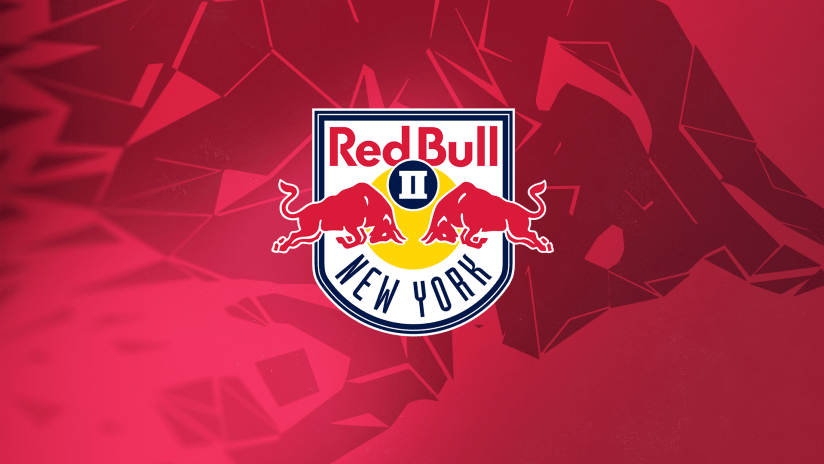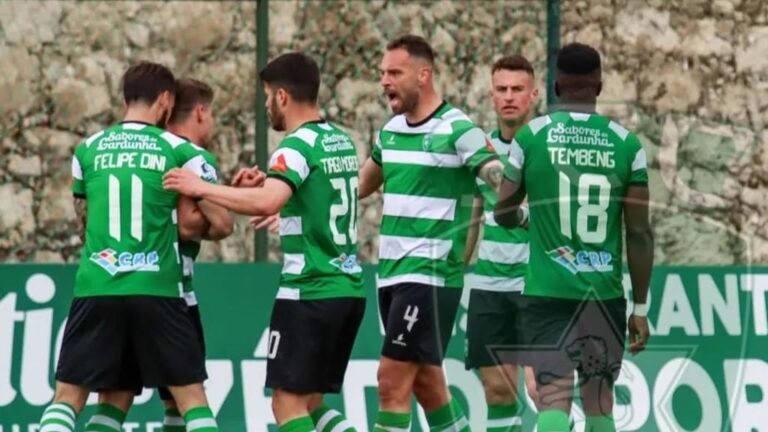
New York Red Bulls II FC
New York Red Bulls II FC recognizes that the integration of technology into training and player development is essential for enhancing performance and fostering a competitive edge. With advancements in data analytics, video analysis, and wearable technology, the club has embraced innovative methods to track player progress and improve their tactical understanding.
Data Analytics and New York Red Bulls II FC
In an era where data drives decisions across various industries, soccer has not been left behind. New York Red Bulls II FC employs sophisticated data analytics to monitor player performances meticulously. This involves collecting metrics on everything from sprint speeds to passing accuracy and shot placement goal123.
By using this data effectively, coaches can identify specific areas where individual players or the team as a whole need improvement. For example, if analytics reveal that certain players struggle with passing accuracy under pressure, targeted drills can be designed to enhance those particular skills. The beauty of this approach lies in its specificity; it allows youth players to receive personalized coaching tailored to their unique strengths and weaknesses.
Additionally, these insights play a crucial role in match preparation. Coaches analyze opponent tendencies, enabling the team to devise game plans that exploit vulnerabilities. This strategic use of analytics illustrates a modern approach to soccer that seamlessly blends traditional coaching methods with cutting-edge technology.
Creative insight: The application of data analytics represents a paradigm shift in how young athletes view the game. It empowers them to take responsibility for their growth while also elevating their understanding of soccer beyond sheer physicality to cognitive sophistication.
Video Analysis as a Learning Tool
Video analysis has become an indispensable tool for coaching staff at New York Red Bulls II FC. Reviewing match footage allows players to visualize their performances, understand tactical decisions, and see firsthand the impact of their actions on the field.
During training sessions, players often watch clips of past games—both their own and professional matches—to draw lessons from various scenarios. This practice fosters a culture of self-reflection and encourages players to think critically about their decisions during live matches.
Moreover, video analysis extends beyond just mistakes; it celebrates successful plays as well. Highlight reels showcasing outstanding teamwork or individual brilliance serve to motivate players and reinforce positive behavior. These moments act as reminders that they are capable of achieving greatness when they embrace teamwork and commitment.
Personal analysis: Watching young players engage with video analysis reveals their growing understanding of game dynamics. They become more adept at recognizing patterns and developing a tactical mindset, ultimately contributing to their evolution as well-rounded soccer players.
Wearable Technology and Injury Prevention
The advent of wearable technology has significantly influenced athlete performance and health management. At New York Red Bulls II FC, players often wear GPS trackers and heart rate monitors during training sessions to gather vital data regarding their physical exertion levels and overall health.
This information is instrumental in preventing injuries by identifying early signs of fatigue or overexertion. By closely monitoring workload, coaching staff can adjust training intensity for players who may be at risk, ensuring they remain fit and ready for competition.
Furthermore, this technology allows for a more nuanced understanding of recovery needs. Post-training reports provide insights into how well players are recovering, which can inform decisions about rest days and rehabilitation protocols. This proactive approach to player health not only safeguards athletes but also enhances their long-term development.
Creative insight: Embracing technology in player management reflects a holistic approach to soccer—one that prioritizes both performance and well-being. It demonstrates a keen awareness that sustainable development hinges not only on skill acquisition but also on maintaining physical integrity.



